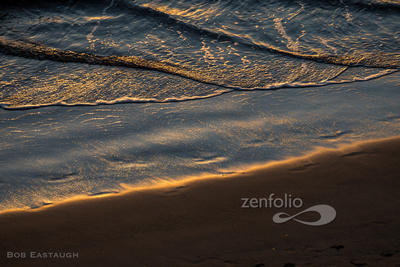Still More Thoughts About Street Photography
Some more thoughts about street photography. Photographs tell stories. Sometimes they tell stories explicitly, leaving no doubt about what the stories are. And sometimes they leave it for the viewer to discover the story, or choose among possible stories. Street photographs are interesting if the stories they explicitly tell or implicitly permit are interesting. They can also be interesting even if the stories are unknowable, undiscoverable, intriguing puzzles that can’t be solved with the information, the data, the photos provide.
Some photos and the stories they tell are intentionally precise and unambiguous, such as photojournalistic images taken for the purpose of illustrating a news story or advertising images depicting something for sale. Whether they are truthful could raise other issues, but, most simplistically, they are meant to convey, and do convey, what the photographer wanted them to convey. Intention, image, and story all coincide.
The very nature of street photography, which is usually opportunistic and without specific prior image expectations or intentions, makes it exceedingly rare for intention, image, and story to coincide. Good street photography imagery is usually fortuitous. Assuming a quality image, analysis tends to concentrate on the story line, on the narrative behind the image. Usually that means musing about what is (or seems to be) happening and what the subjects are (or seem to be) thinking.
Street photos are potentially interesting because they fall into two main, but very different, categories. Photos in the first category convey something about why the photographer thinks they are interesting –– such as their incongruity, irony, humor, or monstrosity. The actual subject need not be ambiguous or unknowable; indeed, ambiguity and uncertainty lessen the validity and impact of the photographer’s assessment. The photographer’s intentions and assessments in taking (and then selecting and sharing) the image are relevant, even though they usually arise after the shutter clicks. Intentional pre-planning only gets you so far in street photography. Here the most relevant question is why the photographer found the photo interesting, not what the photo’s subject is doing or why the subject is doing it.
Street photographs in the second category illustrate unexplained stories. Photos tell stories, but it isn’t always clear what those stories are. Photos can be precise as images but still be narratively ambiguous, open to differing possible interpretations. And the stories they tell may simply be unknowable. We live our lives trying to interpret what we are seeing as we see it. We are, in effect, continuously creating and streaming stories to explain what we see. Humans may, like other creatures, have an ancient vestigial hard-wired interest in distinguishing between friends and foes. This makes us, even in routine daily life, curious about what we see. In someone viewing street photos, it triggers internal rumination about the stories the images convey or permit. Here the photographer’s intentions don’t matter much; we assume that the picture speaks for itself, and that there is no descriptive caption, no accompanying explanatory news story. As Czech-French Magnum photographer Josef Koudelka said, “I prefer people to look at my pictures and invent their own stories.” Lewis Hine stated, “If I could tell the story in words, I wouldn’t need to lug around a camera.”
For photos in this category, the image is interesting precisely because it isn’t apparent what story it is telling. Adding to its interest can be the effort the viewer invests in trying to decipher the image and find a logical story line, the inherent difficulty in choosing the most likely narrative of those possible, and, ultimately, the disconnect between the story lines chosen by different viewers and the objective uncertainty about the real-world answers to image-relevant who, what, why questions. Multiple possible but different stories may offer answers to a viewer’s questions about an image. The viewer is left to ponder those answers and imagine stories that might explain the image. It is no accident that “image,” imagine,” and “imagination” share ancient root origins. And ultimately, the most satisfactory explanation may simply be that the story isn’t knowable.
Returning to Rome in 2012 exemplifies the analysis and possibilities.
These images all seem to me to be in the first category: unambiguous image and story line, but conveying some assessment by the photographer:
Coca-Cola
Humor, or maybe pathos, in the contrast between the very normal and not very alluring man on the bench and the very exotic and alluring and completely unattainable woman on the poster, all in context of a "Save the Mojito" campaign with convivial and social overtones.


Pigeons
Humor: A sculpted figure, fated for centuries of mistreatment, pleads with heedless pigeons.


Neptune
Irony and commentary on the Human Condition: The contrast in Piazza Navona between the muscled figures of Neptune, battling the octopus, and surrounded by lissome maidens, and the seated man, cleaning his fingernails.


Nails Show
Humor and irony: Parallels between the shop-window "Nails Show" advertisement depicting an embracing couple and the nails of the female model, and the embrace of the sidewalk couple that exposes the nails of the female of that couple.


Centurion
Incongruity: Armored centurion checks his cell-phone.


Serenade
Humor: Unwanted, and not especially skilled, serenade by strolling musician in bistro.


